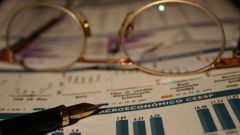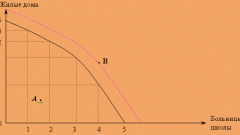Instruction
1
There are two methods that help to determine the equilibrium level of income. It can choose the most suitable to make the necessary calculations.
2
Use the data in a graph. In this case, you must define the indicator (point) at which total demand is equal to national income (intersection of lines).
3
Find another point where the value of the injection will be equal to the sum of outflows. In this case, the equilibrium level of income (for example, Y) can be considered stable enough because as with any other income can be economic forces that will guide the economy towards the equilibrium position.
4
Determine the equilibrium income using the second method. For this example, the prevailing level of income is level, equal to 50 million rubles. In turn, this means that the produced goods and services for the above amount when the total demand volume at 46 million rubles. In this regard, firms will find that they increase the inventory and will reduce the amount of production activities. Similarly, if income was 30 million rubles, the total demand would be equal to 34 million rubles (50 - 46 = 4, 30 + 4 = 34, ie the change between demand and production) and would exceed the value of the output. In this case, reserves would be reduced and the organization could make an effort to increase production. It is necessary to consider that the ability of companies to increase the volume of output in such a situation will depend on the availability of unused resources. In this case the equilibrium income is equal to 30 million rubles.
5
Please note that according to the scientific theory of Keynes, at equilibrium level of economy of investment should not be equal to savings mandatory. Keynes argued that the total amount of savings depends largely on national income (its level) and are less dependent on interest rates. In turn, investment depends mainly on interest rates.





